Lessons learned in Psychoanalysis enabled Bernays to manipulate the mass behavior of entire populations.
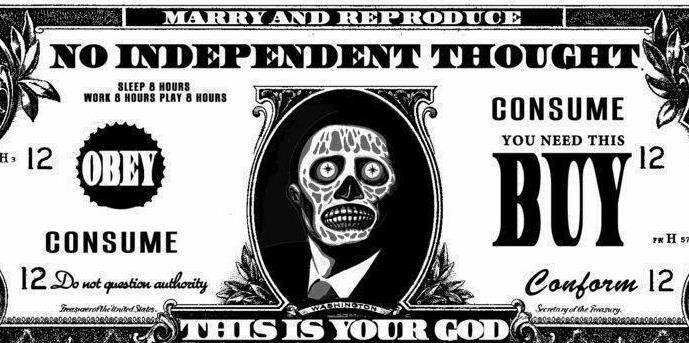
Advertisements in the past
Have you ever seen adverts of the past? For example, car ads from the 1950s? Here, have a look:
Let’s gather some characteristics:
The advertisements focus on the technical and practical benefits of the car. They talk about the powerful engine. They argue about the safety of the brakes, and the spacious swing seats. They talk about the speed and how convenient it makes travelling.
How refreshing it is to experience an Ad that focuses on the practicality of a product! No bullshit, no distractions, no boobs - just straight to the point.
Kind of the opposite of what we have now?
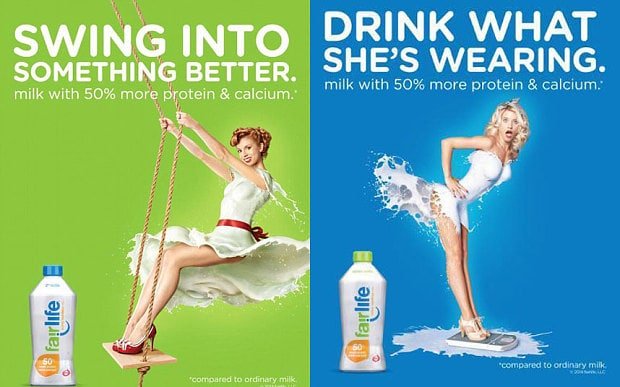
Didn’t know milk could be this sexy?

Those tyres sure are a turn on!
So how did we get from practical marketing to whatever the hell is going on now?
To explore this topic we have to dive into a little history of psychology and communication but also the story of a relationship: Between Bernays and Freud.
Sigmund Freud - Psychoanalysis
The first signs of the shift can be traced down to the early 1910s.
A intelligent young Austrian-American marketer in the United States, who goes by the name Edward Lois Bernays, began to theorize how to transcend the common marketing paradigms in order to drive revenue.
In traditional marketing models thus far, the common practise was to appeal to a customer’s needs and problems and offer a practical solution. The better the product, the better the solution and probability of purchase by the buyer who needs the service or product. Hence these vintage ads are so blatantly truthful about the product features and make them the central part of their campaign.
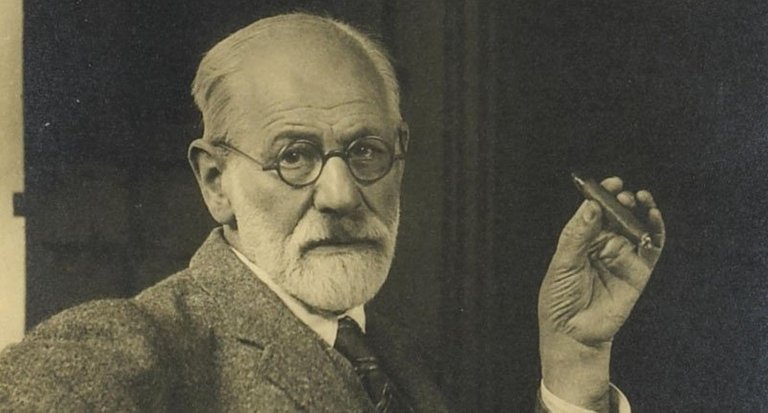
Sigmund Freud (Image source)
Starting from the year 1910, Sigmund Freud (Edward’s uncle), started releasing a series of publications in the newly-born field of Psychoanalysis. In those works he shows an important line of thought that argues, how motives of one’s actions can be influenced in a far superior manner through an appeal to the subconscious cravings, rather than the conscious ones. In that year Sigmund uncovered some of humanity’s darkest secrets. He argues that it is often the primal, animal instincts, such as greed, power and lust that dominate actions from within, not logic driven by rational though or the measured and behaved layer of mask that people wear in order to abide by social conventions. According to Freud we are driven by our spinal cords, rather than our brains.
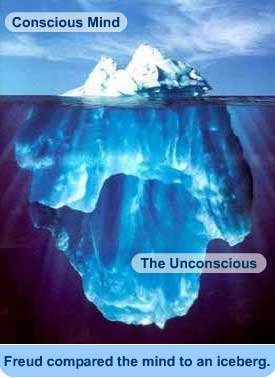
As you would expect, his ideas were met with fierce critisism from the Vienna aristocracy, who found his thoughts to be outrageous, and insulting - but not his nephew Edward Bernays, who studied Freud’s works in-depth and was fascinated by the ideas and knowledge contained in them; and started working on incorporating them into his work.
Edward Bernays - Manipulating crowds
You see, in the 1920s the ‘problems’ of traditional marketing campaigns were in the following manner: The customers were merely a fraction of the audience, namely those with a problem. And once those customers had obtained a solution to their problem, they weren’t likely to purchase a product again until it was again broken, or a new problem arose.
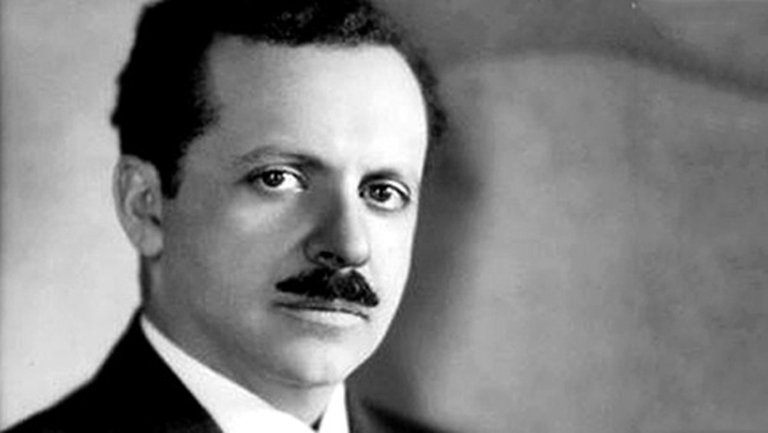
Edward Bernays (Image source)
With the knowledge of Psychoanalysis, Edward then started to develop new campaigns for products that focused less on features or rational decisions, but instead appealed to the subconsciousness and emotions of the buyers.
Torches of Freedom
The notorious campaign that turned out to be Bernays’ breakthrough was “convincing women to smoke”. At the time, it was taboo for women to smoke. Bernays was approached by American Tobacco, to see if he could change something about the 50% of the population that were potential, yet unreachable, customers. Bernays analyzed the psychological fundamentals of the taboo: cigarettes represented a phallic symbol of male power and dominance. He decided to change that.
At a New York parade, he hired young female debutantes (actresses) and instructed them to light up the cigarettes on his command, with journalists photographing this outrageous act. Bernays then went on to construct a title that made the photographs headline-news in American newspapers the following day. A female actress had said these were her “Torches of Freedom”.
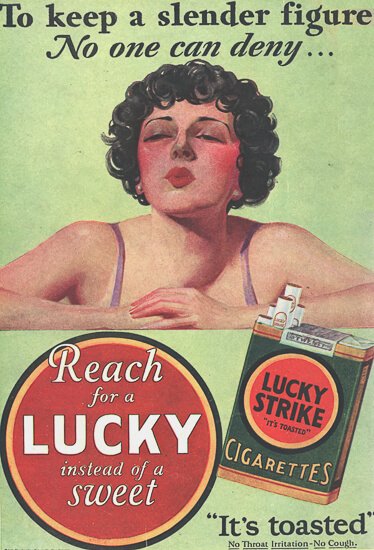
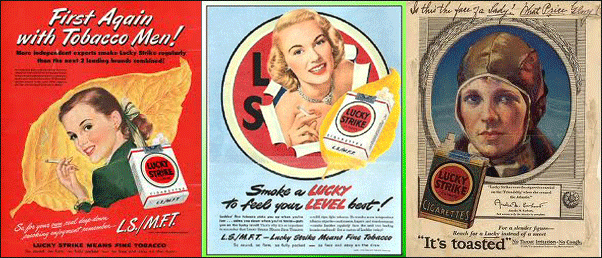
The virality of this campaign had an astounding effect on the tobacco companies sales, as well as a shaping effect on the American social aspects of smoking. Edward had successfuly exploited women’s aspirations for a better life during the period of their women’s liberation movement.
Read more about the case study “Torches of Freedom”
Influencing crowds
He had unlocked the secret to marketing on a mass level. The product had to “appeal to the consumer’s desires, in order to satiate them, only to create new ones”.
Later on, his dangerous knowledge of Psychoanalysis which had spawned the most effective and successul marketing campaigns the world has ever seen before, would be taken even a step further.
The sheer amount of influence Bernays was able to establish over an enormous mass of people made him a politically-interesting figure and soon the government sought to employ him. He was first approached by the 30th President of the United States, Calvin Coolidge, for assistance in his campaign; then by President Herbert Hoover. He started assisting the United States information agency and went on to establish the very first “Office of Public Relations”, which is a rather cynical term for what we now openly call “Propaganda”.
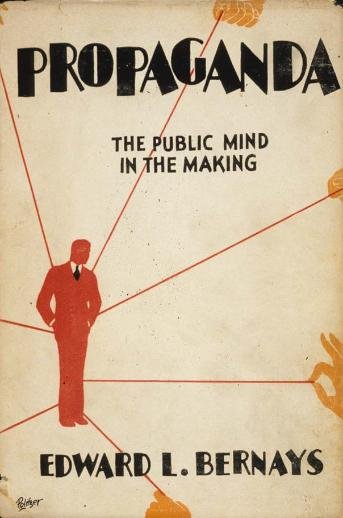
The attention economy
Today, the very ideas Bernays brought to life have developed and become as sophisticated as never before. If you pay attention, you will notice that there is almost no product left that does not employ techniques of subconscious programming. Notice the perfect-looking people in the ads for clothes? Notice the sense of superiority they radiate? Notice the charm the man exhibits smoking a Malboro cigarette? What about the ads of deodorant that seems to make you irresistible to the other gender?
We have shifted from the narrative “You have a problem and we have a solution for it.” to “Buy this, and you will feel superior and happier”… AT least for a short while, and then you should come back to buy more.
Now all forms of media are employed for marketing and are constantly trying to sell you the idea that happiness lies in the purchase of the next item. It doesn’t matter whether you need it or not. You should buy it to feel better.
And now there are thousands companies with millions of products trying to coerce you with their plastic toys and plastic ideas and plastic promises. They are all fighting over the one resource you can give to them: your attention and money.
On average, a human gets displayed around 7,000 Ads per day. And they are screaming at you: BUY NOW!
It is good to remind yourself that you really need none of it to be happy.


Don’t buy their bullshit. Buy what you really need. Don’t be a victim of consumerism.
If you enjoy the topic as much as I do and want to learn more about the work of Edward Bernays, I recommed the BBC-documentury “The Century Of The Self” by Adam Curtis.
Information Sources:
[1] Adam Curtis - “Century of the Self” BBC Documentery
https://youtu.be/DnPmg0R1M04
[2] Oxford Presents - "Torches of Freedom"
http://www.oxfordpresents.com/ms/kelleher/edward-bernayss-torches-of-freedom/
[3] Simple Psychology - Sigmund Freud
https://www.simplypsychology.org/Sigmund-Freud.html
[4] Simple Psychology - Psychoanalysis
https://www.simplypsychology.org/psychoanalysis.html
[5] The Conversatiuon - "Manipulation of the American Mind"
https://theconversation.com/the-manipulation-of-the-american-mind-edward-bernays-and-the-birth-of-public-relations-44393
- Nick ( @cryptonik ) -

This topic and the related issues is among the most important for humans to understand now. The disconnect from conscious parts with unconscious parts of self is what is being exploited here and the only solution is to make the unconscious become conscious. This requires a focus inwards and a willingness to become heart centered and thus balanced. This will NEVER be taught in schools or even mentioned on TV as long as there is financial gain to be made by denying it.
❤️
Nice work @cryptonik. I did a lot of reading on Bernays for a unit I was writing on advertising and media ethics, and really enjoyed the documentary.
The other great market example that parallels 'torches of freedom' was the way Revlon was marketed. Charles Revson once said: “In the factory, we make cosmetics, in the store, we sell hope." The thing (philosophers might call it a token) that moves around is a tube of lipstick, but what is being sold is a feeling and/or attitude - or implicit permission to entertain that feeling or attitude.
Modern marketing is the ultimate distillation of this. The physical tokens that actually move these days are themselves sub-atomic, such is the drive to minimise the physical token that is required to move in order for us to have an experience or adopt a feeling or attitude.
Thus information shuffles back and forth - from my bank accounts to websites and back again, all in the hope (usually mistaken) that we are buying a thing, rather paying someone with more money than us for permission to feel a certain way.
Crazy huh?
Why thank you, Sam!
I love that you are familiar with Bernays and the Documentary. I would like to read his work too...just to get a little more into his mindset and perspective. Any recommends?
Wow! I love your explanation it .....penetrates the essence of the matter. If we can blend out that bullshit we can stop caring and be happy and content without all the plastic.
I will append a Socrates: "He is richest who is content with the least, for content is the wealth of nature."
Thanks!
I see your Socrates and raise you Diogenes of Sinope (as Plutarch tells it): 'When Alexander the Great addressed him with greetings, and asked if he wanted anything, Diogenes replied "Yes, stand a little out of my sunshine."'
Haha, I love that story, Sam. It is among my favorites!
I see your Diogenes and I raise you Epicurus: "Nothing is enough for the man to whom enough is too little."
The tv screen, radio, newspaper, billboards, junk flyers ... all interchangeable with the computer screen here:

Very true!
Great Post. You've done a nice job showing all of this. In the beginning of the posts, though, even the ads from the '50s were showing the need to buy based on happiness "...look at how his neighbor looks in admiration..." and stuff like that.
I really wish, and have said many times to my wife and anyone around, that there was truth in advertising. But as I learned from one of my college courses, Statistics Lie and can be used as a ploy in advertising just as well.
You are right, @dbzfan4awhile ! You see I was looking better examples but they were hard to find. The video I chose was not perfect, but at least it shows how innocent adverts were in comparison. Thank you for the kind feedback.
That's completely accurate, though... comparatively, advertisements nowadays are so overtly into "human desires" that it often makes the ad seem so senseless. Milk has nothing to do with hot women.
excellent post. adam curtis is for real. hypernormalization is also a very important watch. I write about it on my blog, check out privacy workshop when you get a chance. This is the type of stuff I have been writing about my entire time on steemit, having trouble gaining traction. Also, I exposed a whole nest of disinfo trolls on steemit and they aren't happy about it, so looking for allies who aren't into that crap. keep it up, @mindhawk
Really interesting stuff. Propaganda has a real effect on how people see things. And I agree, just buy what you need and don't fall victim to consumerism. I try my best to live that way.
We have to be the change we want to see.
Absolutely.
This is very well written! I am starting a standing ovation, everybody! Come on, on your feet! That's it... Now everyone clap... (Isn't that nice?)
One response I have from this, of many... There was a guy in the 1960s who invented the Bliss Point, meaning how much sugar could be added to EVERY SINGLE PRODUCT without turning off the tastebuds... I learned about it from a documentary called, 'That Sugar Film'...
Haha thanks dude! I shall look into that documentary, and thats a witty comic ;)
This is amazing dude... one of the things I really like about this particular blockchain is that advertising is almost non-existent (for the moment). I've managed to pretty much cut out all advertising in my life, the only remaining source is my rare quick flicks onto Facey, Twitter or Instagram... once all my friends are over here, hopefully I'll never have to go back.
No you are amazing dude ! :D Trying to bring my friends over too.
This is a curation bot for TeamNZ. Please join our AUS/NZ community on Discord.
For any inquiries about the bot please contact @cryptonik.
You are right it is almost impossible to avoid all the programing, but I do my best. When you look through the right glasses, you see it everywere. Really a nice post!
Too much mind programming going on these day sigh
Congratulations @cryptonik, this post is the eighth most rewarded post (based on pending payouts) in the last 12 hours written by a User account holder (accounts that hold between 0.1 and 1.0 Mega Vests). The total number of posts by User account holders during this period was 2704 and the total pending payments to posts in this category was $8447.02. To see the full list of highest paid posts across all accounts categories, click here.
If you do not wish to receive these messages in future, please reply stop to this comment.
Thanks
Nice post like your post dear .
Crypto or cryptonic
Cryptonik
Reminds me of the Batman movie with Jim Carrey and Tommy Lee Jones sucking everyone's brain with the TV accessory.
Agree, don't get tricked into buying junk! :-)
I remember that one. Yes! The reality is not much different! Was it the Riddler? ;)
i am literally fond of vintage cars @cryptonik